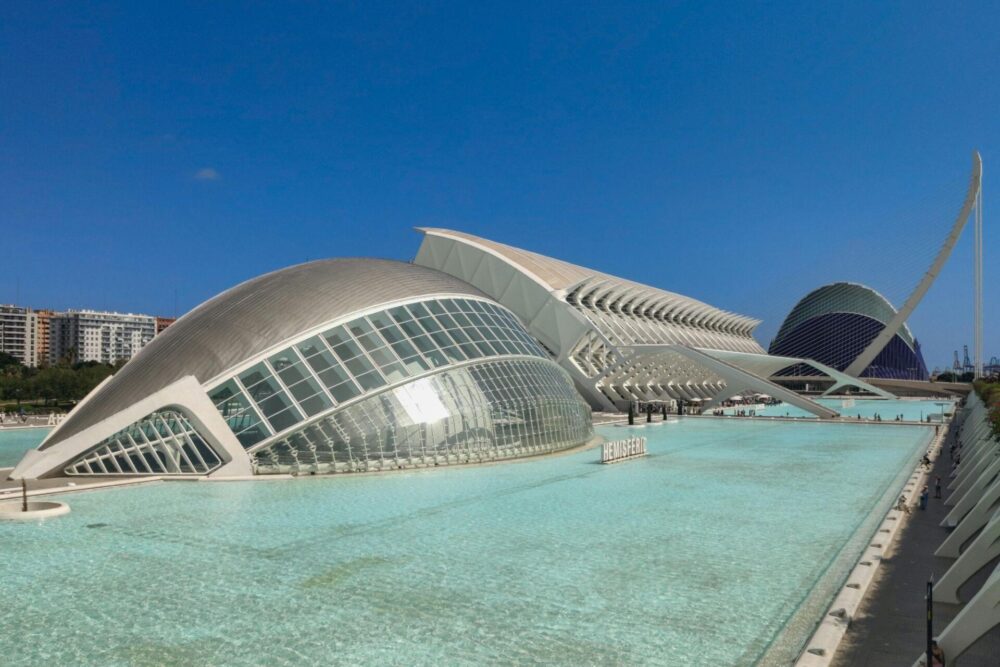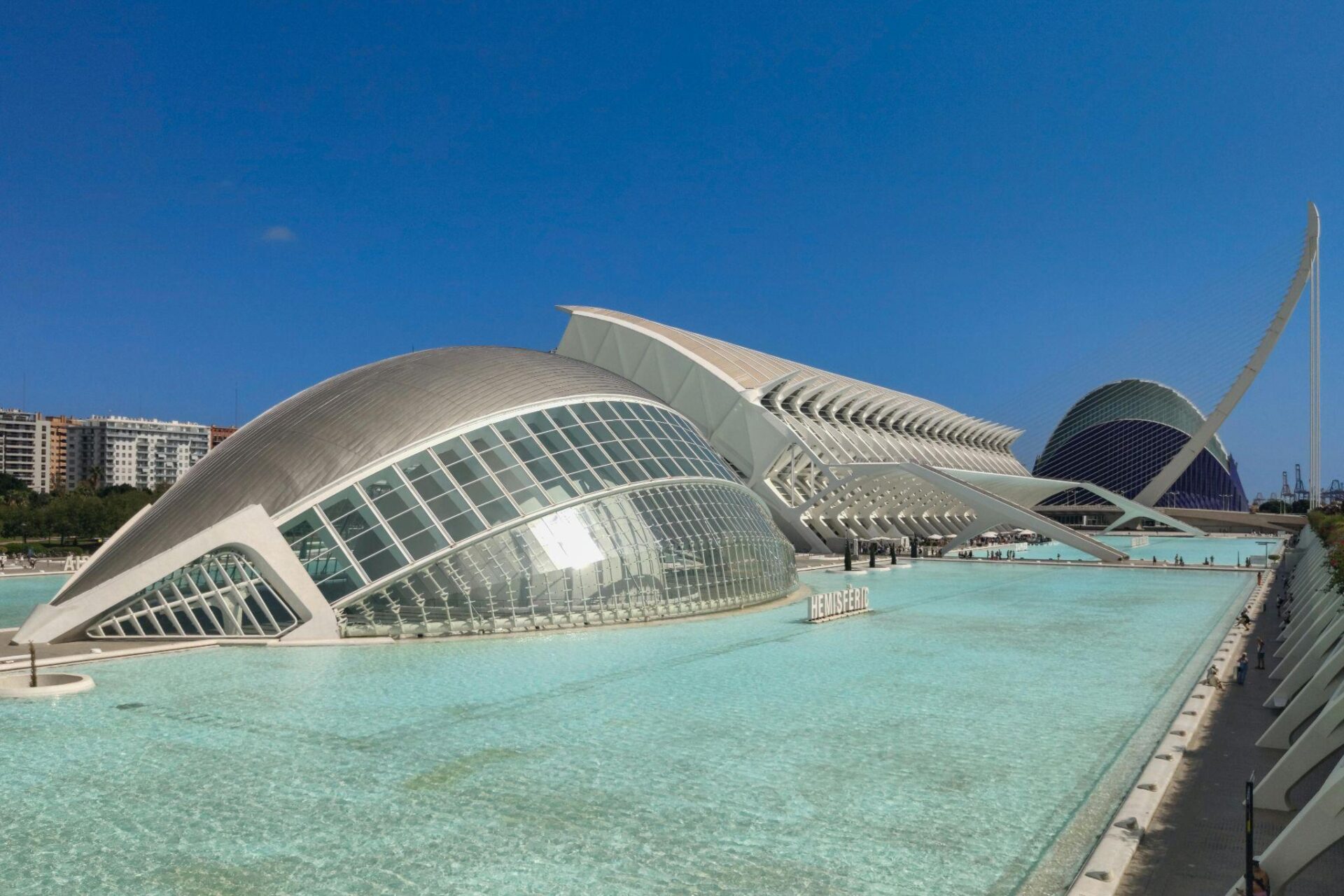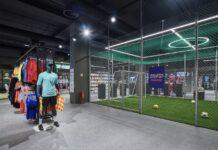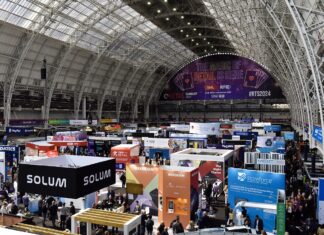Have you ever thought of walking through a building that hasn’t been built yet? Sounds like magic, right? It is now possible, thanks to architectural animation services. Dynamic 3D Architectural Animation is revolutionizing how we visualize spaces, adding motion, depth, and realism to static designs. Whether you’re an architect, real estate developer, or interior designer, this technology allows you to bring your projects to life in ways that static images can’t match. It’s not just about showing a space—it’s about telling its story.

What is Dynamic 3D Architectural Animation?
So, what exactly is Dynamic 3D Architectural Animation? Think of it as a movie of your own design. Unlike static 3D renderings, which are like snapshots, animations add movement. Cameras glide through hallways, doors open, and sunlight streams through windows. It’s immersive, engaging, and incredibly realistic.
This is achieved using advanced software like Blender, 3ds Max, and Unreal Engine. These tools allow designers to create lifelike environments with textures, lighting, and even sound. The result? A dynamic experience that helps clients and stakeholders genuinely understand and connect with the design. It’s like giving them a virtual tour before the first brick is laid.
Benefits of Dynamic 3D Architectural Animation
Why should you care about Dynamic 3D Architectural Animation? The benefits are as clear as the animations themselves. First, it enhances client presentations. Instead of flipping through static images, clients can experience the space in motion. This makes it easier for them to visualize the final result and provide meaningful feedback.
Second, it improves communication. Architects and designers can use animations to explain complex ideas more effectively. Third, it helps identify potential design flaws early in the process, saving time and money. And let’s not forget the wow factor—dynamic animations can leave a lasting impression, making your designs stand out in a competitive market.
Applications of Dynamic 3D Architectural Animation
The uses of Dynamic 3D Architectural Animation are as diverse as the spaces it brings to life. In real estate, it’s a powerful marketing tool. Imagine showcasing a luxury apartment with a virtual walkthrough, with sunlight streaming through the windows and birds chirping outside. It’s a game-changer for selling properties before they’re built.
In urban planning, animations help visualize large-scale projects like parks, neighborhoods, or entire cities. Interior designers use them to experiment with layouts, colors, and furniture arrangements. Architects rely on animations to present their visions to clients and stakeholders. The possibilities are endless.
How to Create a Dynamic 3D Architectural Animation
Creating a stunning Dynamic 3D Architectural Animation might seem daunting, but it’s all about following the proper steps. Here’s a breakdown of the process:
- Concept Development: Start by defining the purpose of the animation. What story do you want to tell? Who is your audience? This will guide every decision you make.
- 3D Modeling: Create detailed 3D models of the space. Accuracy is key here, as mistakes will occur in the final animation.
- Texturing and Lighting: Add realistic textures and lighting to bring the space to life. This is where the magic happens—wood looks like wood, glass looks like glass, and sunlight feels warm and inviting.
- Animation Setup: Plan your camera movements, transitions, and object animations. Think of it as directing a movie. Smooth, natural movements are crucial for creating an immersive experience.
- Rendering and Post-Production: Render the animation and add final touches like sound effects or voiceovers. This is the finishing touch that makes the animation indeed come alive.
By following these steps, you can create animations that are not only visually stunning but also deeply engaging.
Tips for Achieving Realism and Impact in 3D Animations
Want your Dynamic 3D Architectural Animation to stand out? Focus on realism and impact. Start with lighting—natural light can make a space feel warm and inviting, while artificial lighting can highlight key features. Textures are equally important. Realistic textures add depth and realism, whether it’s the grain of the wood or the softness of the fabric.
Camera movements should be smooth and deliberate. Avoid jerky transitions—they can break the immersion. And don’t forget about sound. Proper sound effects, like footsteps or birds chirping, can make the experience more real. Remember, the goal is to create an animation that feels like a window into the future.
Future Trends in Dynamic 3D Architectural Animation
The future of Dynamic 3D Architectural Animation is as exciting as the technology itself. Virtual reality (VR) is already making waves, allowing users to “walk through” spaces in real time. Imagine putting on a VR headset and exploring your future home before construction begins.
Artificial intelligence (AI) is another game-changer. AI-driven tools can automate parts of the animation process, making it faster and more efficient. Real-time rendering is also on the rise, enabling instant updates as changes are made. These advancements are set to make 3d architectural animation services even more accessible and impactful.
Conclusion
In a world where first impressions matter, Dynamic 3D Architectural Animation has become indispensable. It transforms abstract ideas into tangible experiences, making communicating, planning, and executing design projects easier. The applications are limitless, from real estate marketing to urban planning.
As technology evolves, the possibilities for 3d architecture animation will only grow. Whether you’re a professional or a client, embracing this technology can help you bring your vision to life with unparalleled motion and realism. So, the next time you plan a project, remember that the future is in motion.

















